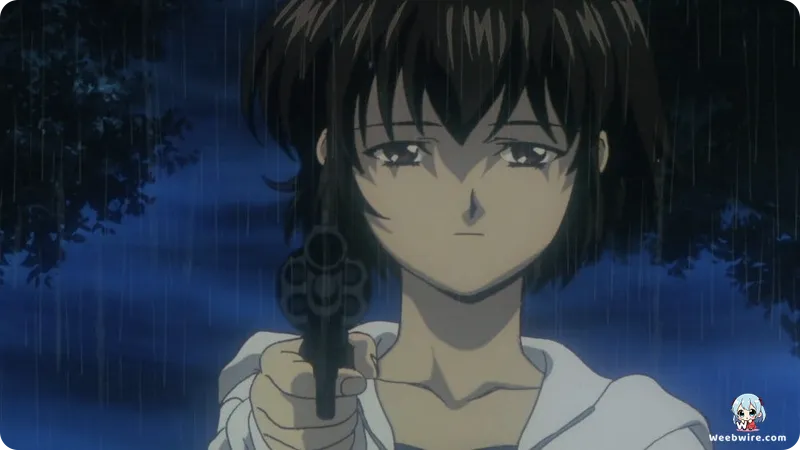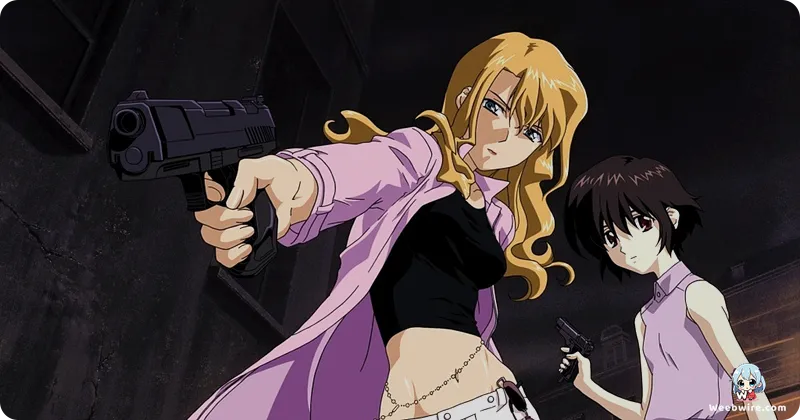Two Decades On: The Unrivaled Impact and Hidden Depths of Bee Train's Masterpiece, Noir

Over two decades since its debut, Studio Bee Train's seminal anime, Noir, continues to enthrall audiences with its atmospheric storytelling, intense action, and philosophical depth. Beyond its recognized influence on the 'girls with guns' subgenre, Noir holds numerous fascinating, often overlooked details that underpin its enduring legacy. We delve into essential insights affirming its unique place in anime history.
Bee Train's Signature Style
A cornerstone of Noir's legacy is its foundational role in establishing Bee Train's signature style. Directed by Kōichi Mashimo, Noir cemented the studio's penchant for elegant, melancholic action dramas led by strong female protagonists. It effectively launched the 'Bee Train Girls with Guns' trilogy, followed by Madlax and El Cazador de la Bruja, creating a hallmark blend of action, mystery, and psychological exploration.
Thematic Influences and Naming
The series' title, 'Noir' (French for 'black'), directly references the film noir genre. This influence is palpable in its dark color palette, intricate, morally ambiguous plotlines, and fatalistic character journeys. French names like Mireille Bouquet ('bouquet of flowers') and Kirika Yuumura ('village of shadows') further infuse European intrigue, ironically contrasting their deadly roles and mysterious pasts.
Yuki Kajiura's Evocative Soundtrack
Crucial to Noir's success is its evocative soundtrack by legendary Yuki Kajiura. Her unique blend of classical, electronic, and vocal elements creates an unforgettable auditory landscape, perfectly complementing the anime's grim atmosphere. Kajiura’s compositions are integral to storytelling, enhancing tension, sorrow, and quiet reflection. Iconic pieces like 'Salva Nos' and 'Canta Per Me' showcase her unparalleled ability to craft hauntingly beautiful scores, profoundly impacting the viewer experience.

Narrative Structure and Antagonism
Unlike many action series relying on a clear antagonist, Noir's narrative is driven by internal conflict and the shadowy organization Les Soldats. This choice allows deeper exploration into the psychological states of protagonists Mireille and Kirika, and themes of identity, memory, fate, and the nature of evil. This ambiguity compels viewers to question motives, fostering a nuanced and thought provoking experience.
Kōichi Mashimo's Distinctive Direction
Director Kōichi Mashimo is renowned for his distinctive style, prioritizing atmosphere, subtle character interactions, and visual storytelling over explicit exposition. In Noir, this is evident in sparse dialogue, lingering shots, and emphasis on unspoken emotions, encouraging viewers to piece together narrative clues. This artistic choice contributes significantly to the series' unique charm and its ability to resonate long after its initial broadcast.
The Enduring Legacy
Finally, Noir's ending consistently sparks fan discussion. Without spoilers, it concludes in a manner both definitive and open to interpretation, leaving aspects of characters' fates ambiguous. This narrative choice enhances the series' mystique and fuels ongoing fan debate, cementing its place as a classic. Its enduring appeal lies in these profound artistic decisions, elevating it beyond a simple genre piece into a truly memorable work, unchallenged as a benchmark for sophisticated anime thrillers.
Credits
Noir
Author
Ryoe Tsukimura
Cover Art
Yoshimitsu Yamashita
Studio
Bee Train
Publisher
Victor Entertainment
Producers





